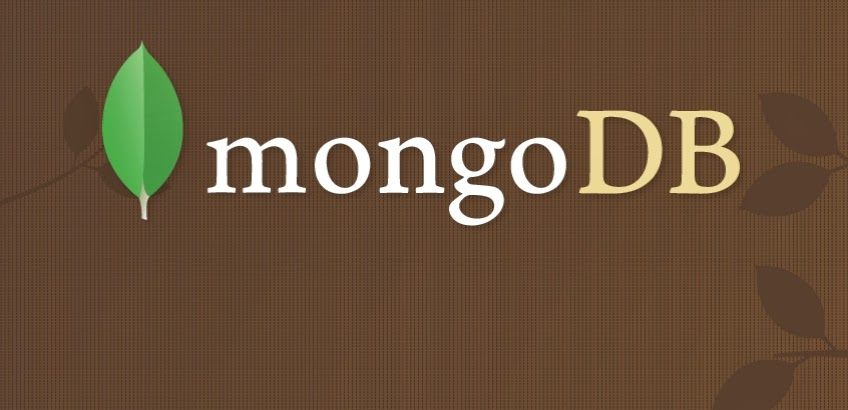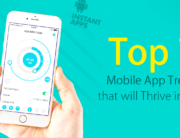If your organization has been expending too many resources, including time and money, on databases (including relational databases) that have not changed much for the past 30 years or so, it is time to introduce change.
Organizations are reconsidering relational databases on account of evolutions in technology and market conditions.
Many enterprises are attempting to benefit from newer options which may be more viable as well. For example, MongoDB is among document databases which provide greater agility and scalability to businesses. As far as replacement of relational databases is concerned, MongoDB is a practical option. Improvement in customer experience, increase in speed to market, creation of new types of apps and reduction in costs are some of the benefits that Fortune 500 companies and start-ups alike are deriving from usage of MongoDB.
Relational databases will continue to have an important role for legacy systems and for apps for which the relational model is appropriate. Yet, you can build most new applications by utilizing databases which have been created keeping in mind the way applications are presently developed.
About MongoDB
MongoDB is the leading NoSQL database and allows businesses to be more agile and scalable. As stated earlier, Fortune 500 companies as well as start-ups have benefited from its usage. For instance, according to the website of MongoDB:
- Mailbox rebuilt the mobile inbox and expanded to over a million in nearly a month and a half.
- Telefonica has improved performance by 100 times, speed to market four times and storage costs by 67%.
- ADP ensures no downtime for users numbering nearly a million in 17 countries, as it provides them with a mobile experience.
- Metlife created a 360 degree view of over hundred million customers within 3 months.
- A tier 1 investment bank achieved a 200 times improvement in performance and saved $40 million in 5 years.
- The roadmap of Salesforce Marketing Cloud was fast-tracked by a year.
The design of MongoDB is in keeping with the development and running of applications of today:
Volumes of Data: Organizations nowadays have to support millions of users, queries that run into thousands per second, in addition to many terabytes of data. This is very different from data volumes that were smaller, constrained and predictable earlier.
Architecture: With changes in the infrastructure for data storage, companies are benefiting from cloud computing, commodity hardware and virtualization.
Data Shapes: For apps developed nowadays, object-style and polymorphic data, in addition to semi-structured and structured data are required. MongoDB presents no problems while handling these data shapes.
Methods of development: There have been many changes in application development methods. Because of an increasingly competitive market, to the needs of which developers constantly have to adapt, iterative development has gained prominence.
Apps: Apps serving, generating and interfacing data have changed and big data, software as a service and social and mobile apps have become the norm.
MongoDB is used by companies of various sizes and a wide range of apps in different industries. It is an agile, open source database that allows rapid change of schemas along with app evolution. Yet, a full query language, secondary indexes and strict consistency are among the functionalities it provides, similar to traditional databases.
MongoDB is built for scalability, performance and high availability and allows for scaling up or down, from a single server deployment to large and complex multi-site architectures. MongoDB provides high performance for reads and writes based on in-memory computing. Enterprise grade reliability and operational flexibility come from the native replication and automated failover of MongoDB.
MongoDB Enterprise
While being as agile and scalable as a start-up, you can use MongoDB Enterprise to meet the requirements of a modern, high-growth enterprise. MongoDB Enterprise offers benefits such as zero-downtime upgrades, on-demand training, disaster recovery, OS certifications, management tools and security of enterprise grade. The company provides consultative and proactive support and works with you from development to production.
MongoDB Use Cases
In industries such as mobile, enterprise solutions, cloud and web, MongoDB is assisting with the achievement of objectives that were unthinkable earlier.
Database as a Service (DBaaS): provides developers with database capacity, i.e., on-demand access to storage, reads and writes. More information can be accessed at http://www.mongodb.com/use-cases/database-as-a-service
Big Data: Big Data comes into effect when conventional infrastructure can’t handle data efficiently because of its being too diverse, fast-changing or massive. For example, clickstream analysis, ad technology, customer sentiment analysis, log data collection and genomics require the effective storage, management and processing that Big Data can provide. More information can be accessed at http://www.mongodb.com/use-cases/big-data
Internet of Things: The Internet of Things creates new levels of operational insight, efficiency and opportunity and blends data from various enterprise devices and systems by using rich, real-time analytics. It has evolved far beyond machine to machine interaction. More information can be accessed at http://www.mongodb.com/use-cases/internet-of-things
Collaboration and Social Apps: Such apps facilitate user interaction in the form of online discussion, comments and likes, in addition to working out or visiting restaurants and other shared user activities. Consumer cloud services, online dating services, collaboration tools for projects and documents, along with public and internal social networks are also among collaboration and social apps. More information can be accessed at http://www.mongodb.com/use-cases/social-collaboration-apps
Mobile Apps: MongoDB can offer the backend for apps used on smartphones or tablets. More information can be accessed at http://www.mongodb.com/use-cases/mobile-apps
Content Management and Delivery: Content management collectively comprises various apps that store and serve content which includes metadata. Online publications, archives, web content management systems, document management and e-commerce websites are among such apps. More information can be accessed at http://www.mongodb.com/use-cases/content-management-and-delivery
Single View: Through the aggregation of data from many sources into one central repository, a single view of business aspects such as inventory, risk, systems, supply chain or customers can be created through apps for single view. More information can be accessed at http://www.mongodb.com/use-cases/single-view
Security Apps: These apps recognize and avert attacks on digital and live assets from malicious and unauthorized individuals and include apps for cyber threat analysis, compliance, anti-terrorism apps and those for fraud detection. More information can be accessed at http://www.mongodb.com/use-cases/security-fraud-apps
Product and Asset Catalogs: In addition to metadata, these catalogs store lists for assets such as property, inventory, equipment and products. Examples include apps for e-commerce, management of retail inventory and commercial fleets.
Customer Data Management: Customer data management comprises apps that store data and metadata, especially related to customers, members or users. Customer data is contained in apps for gaming user profiles, ERP, biometrics, subscriber data management, CRM and access and identity management. More information can be accessed at http://www.mongodb.com/use-cases/customer-data-management
Is the Future of Databases Comprised of NoSQL?
A lot of problems have been solved by relational/SQL databases for several decades but now new situations are arising which need different data storage ways. So new tools such as NoSQL databases have been developed.
Both SQL and NoSQL have their own advantages. For example, SQL has table joins and schemas whereas NoSQL has direct data mapping to objects, in addition to scalability and speed.
So, a mix of both to benefit from their respective advantages seems to be the best option.







Leave A Comment